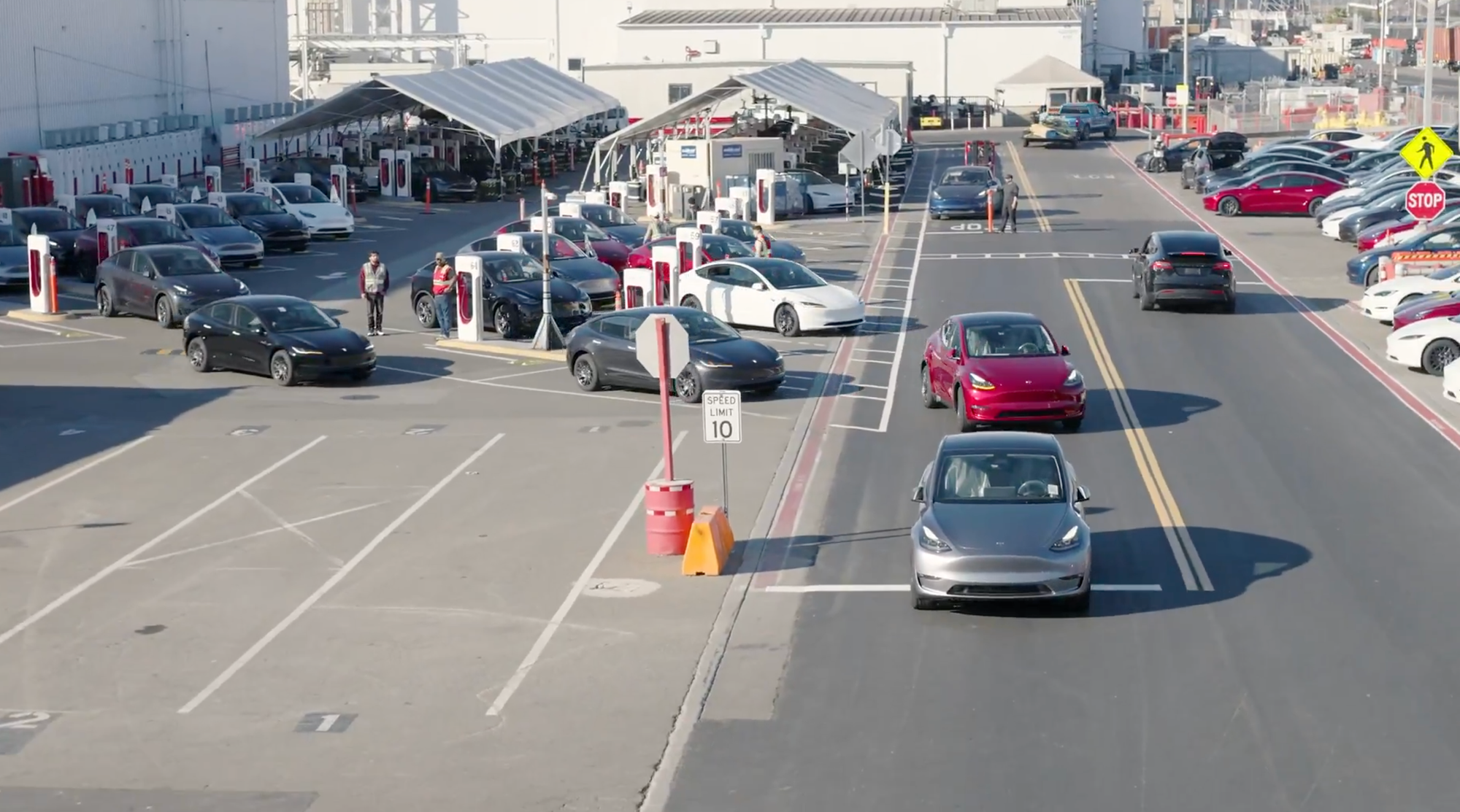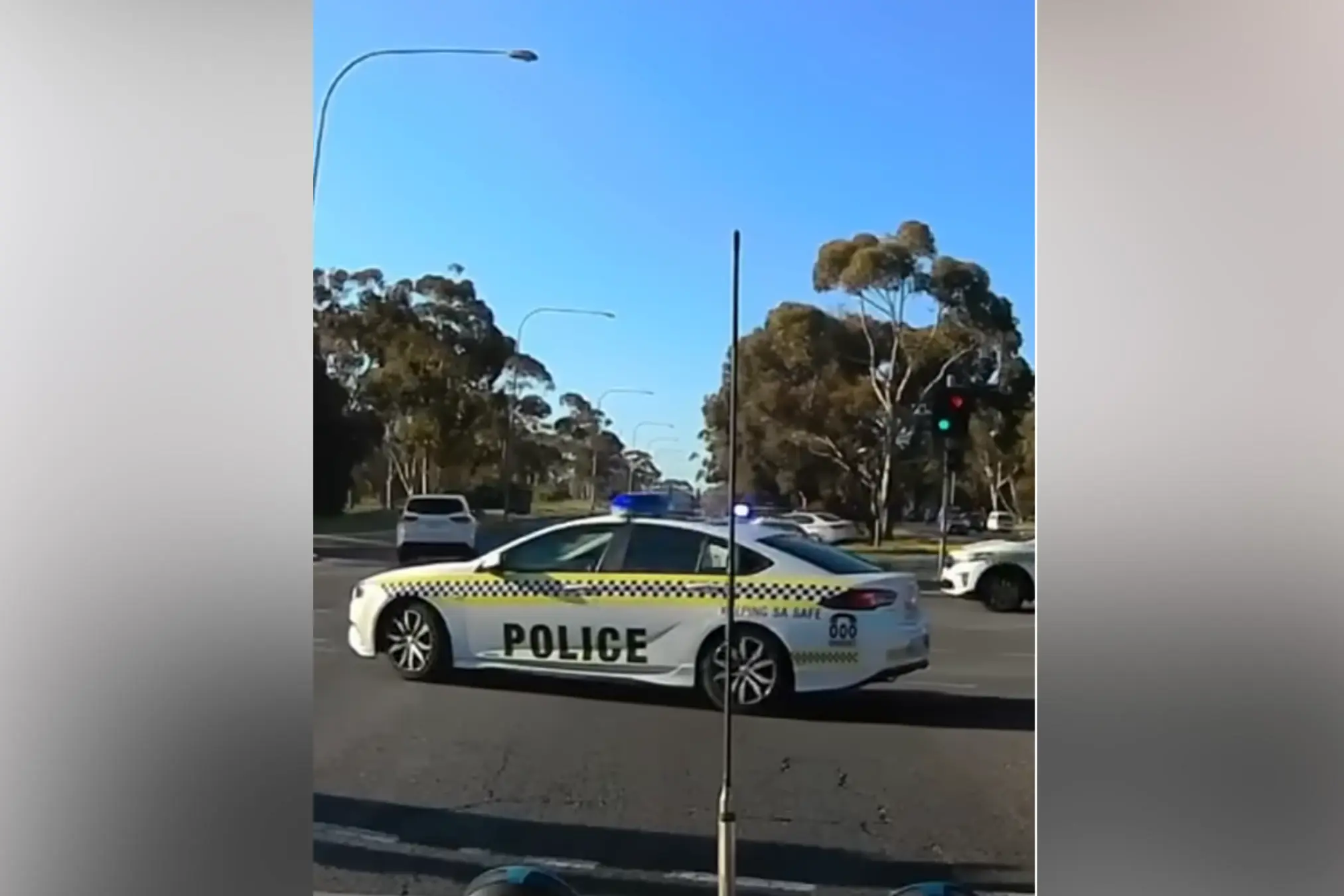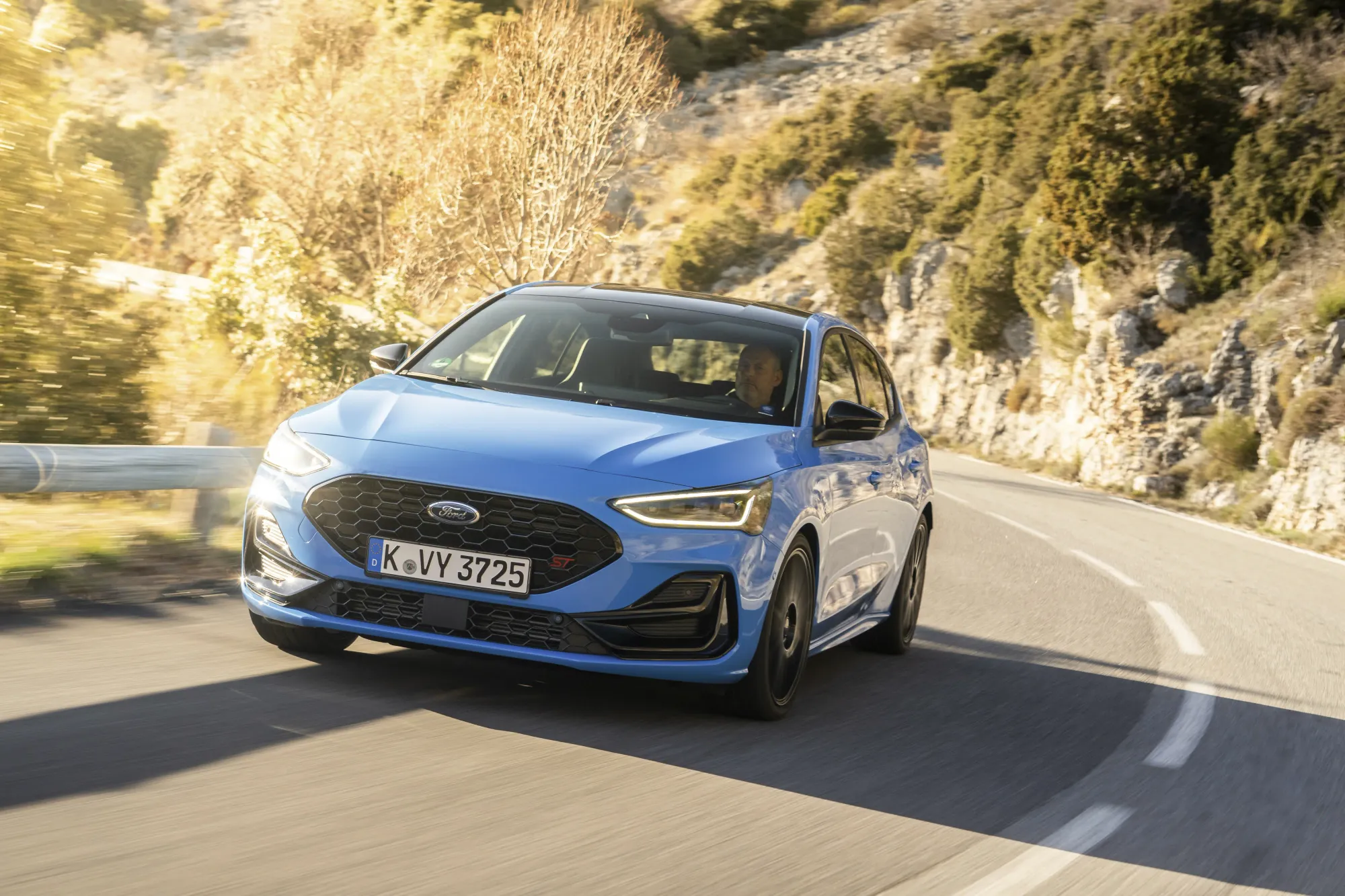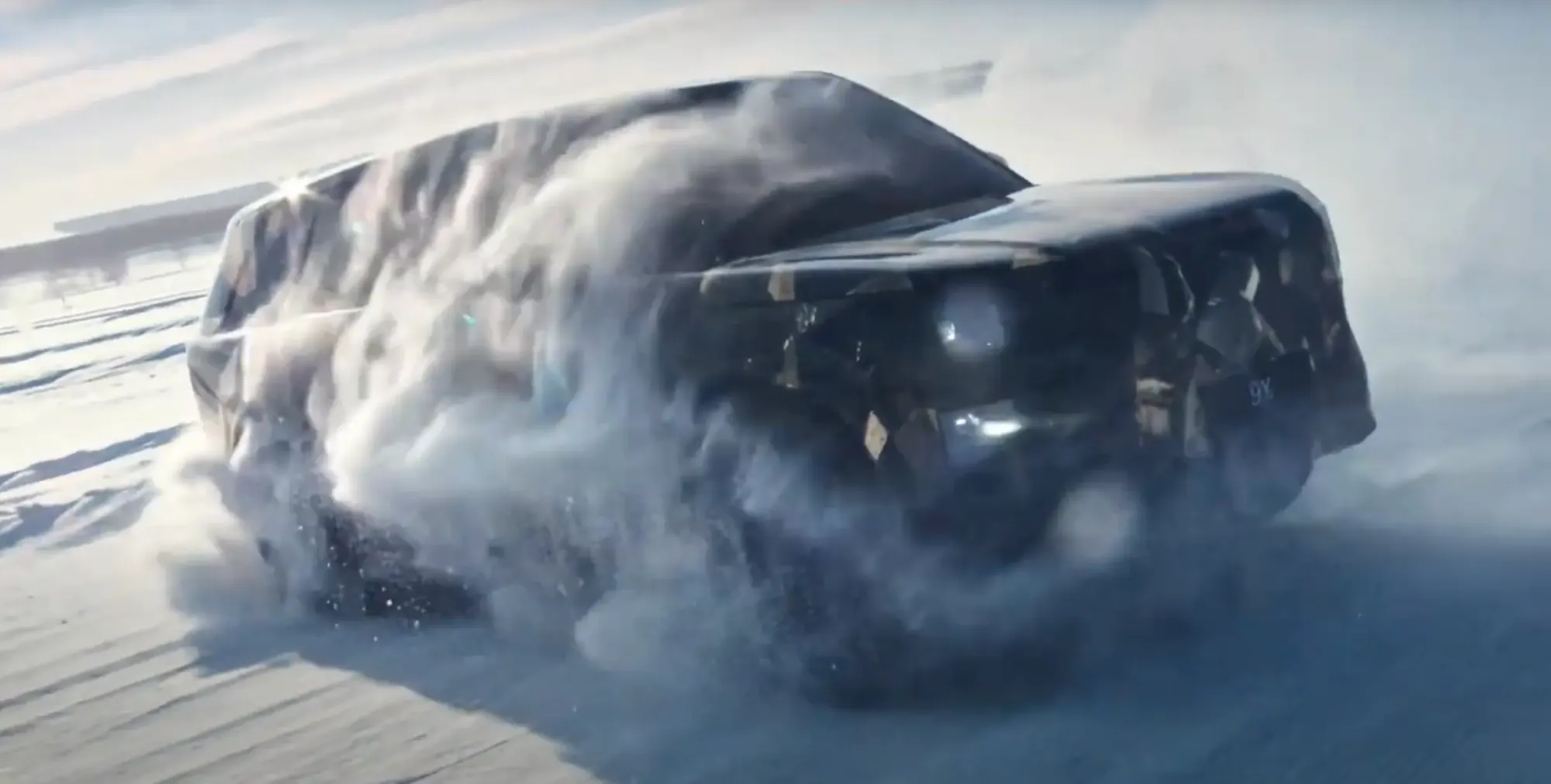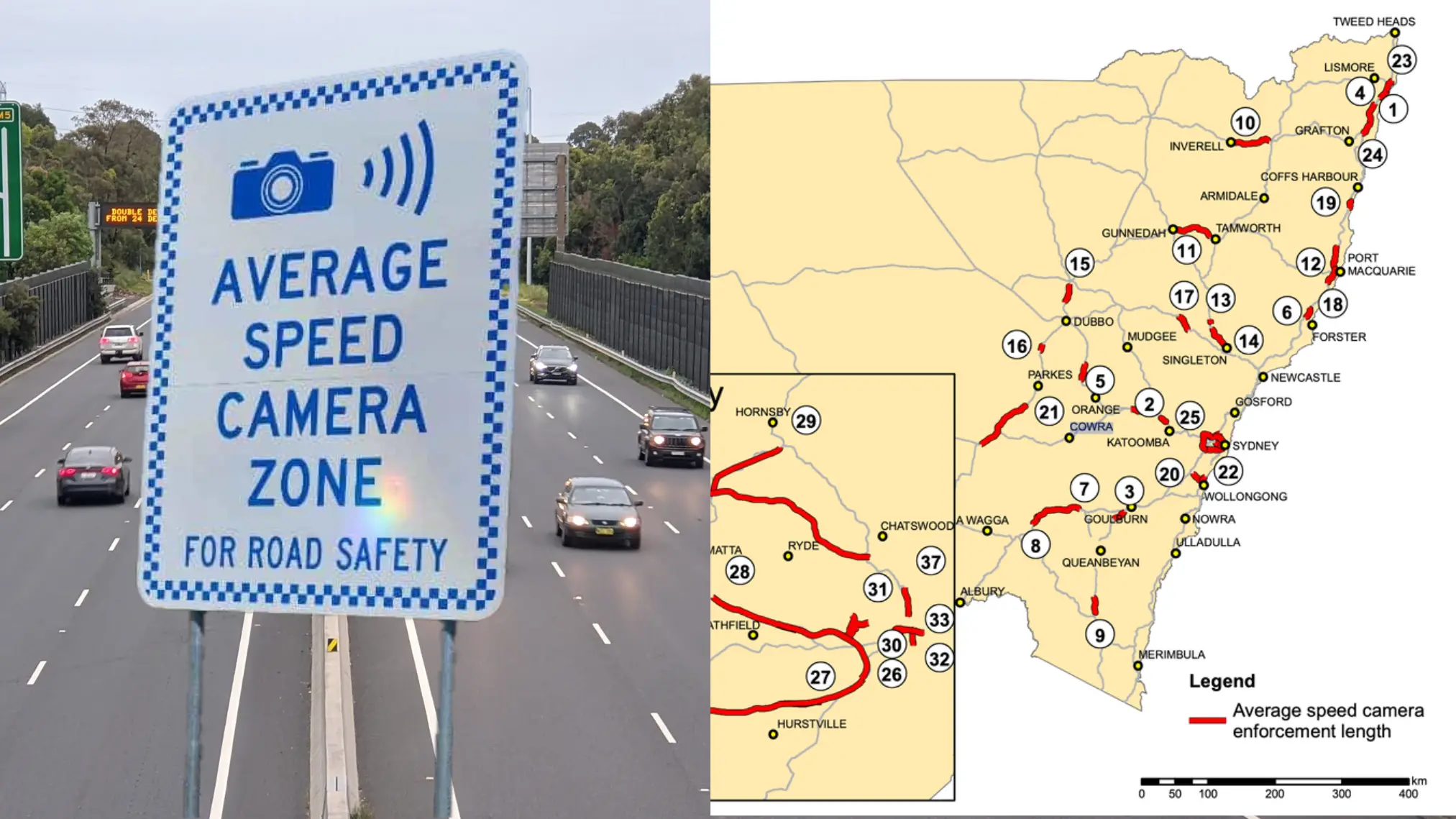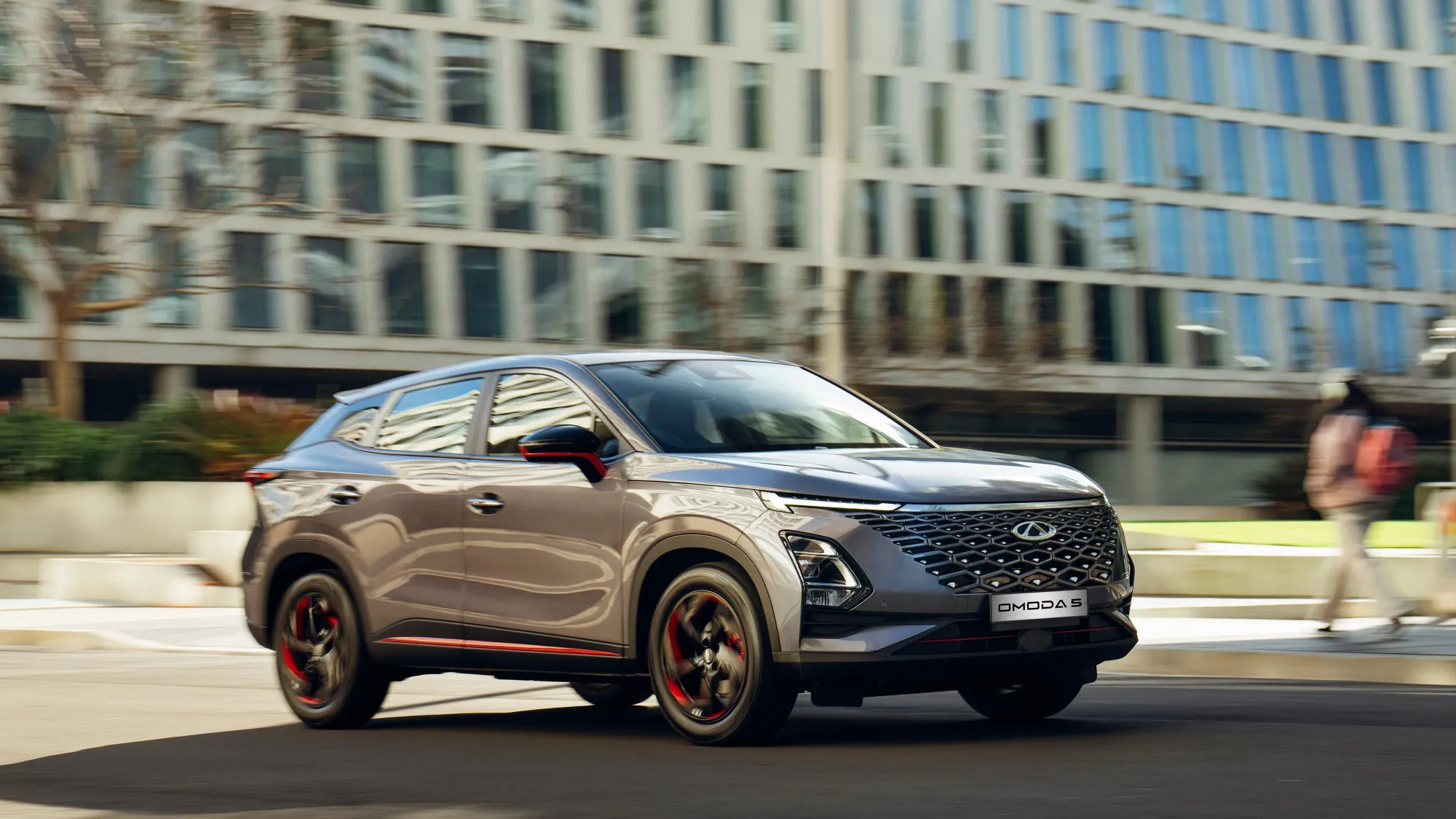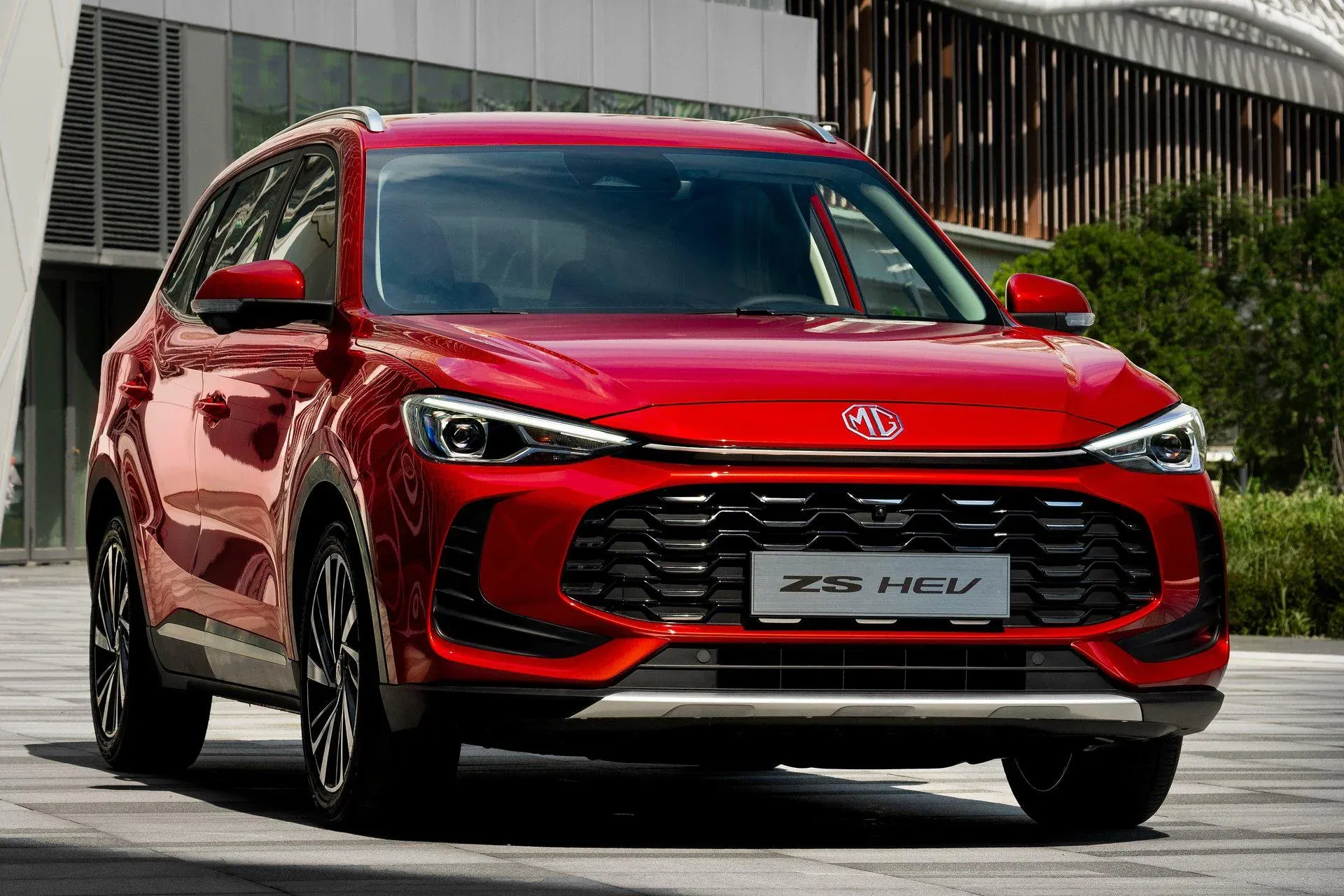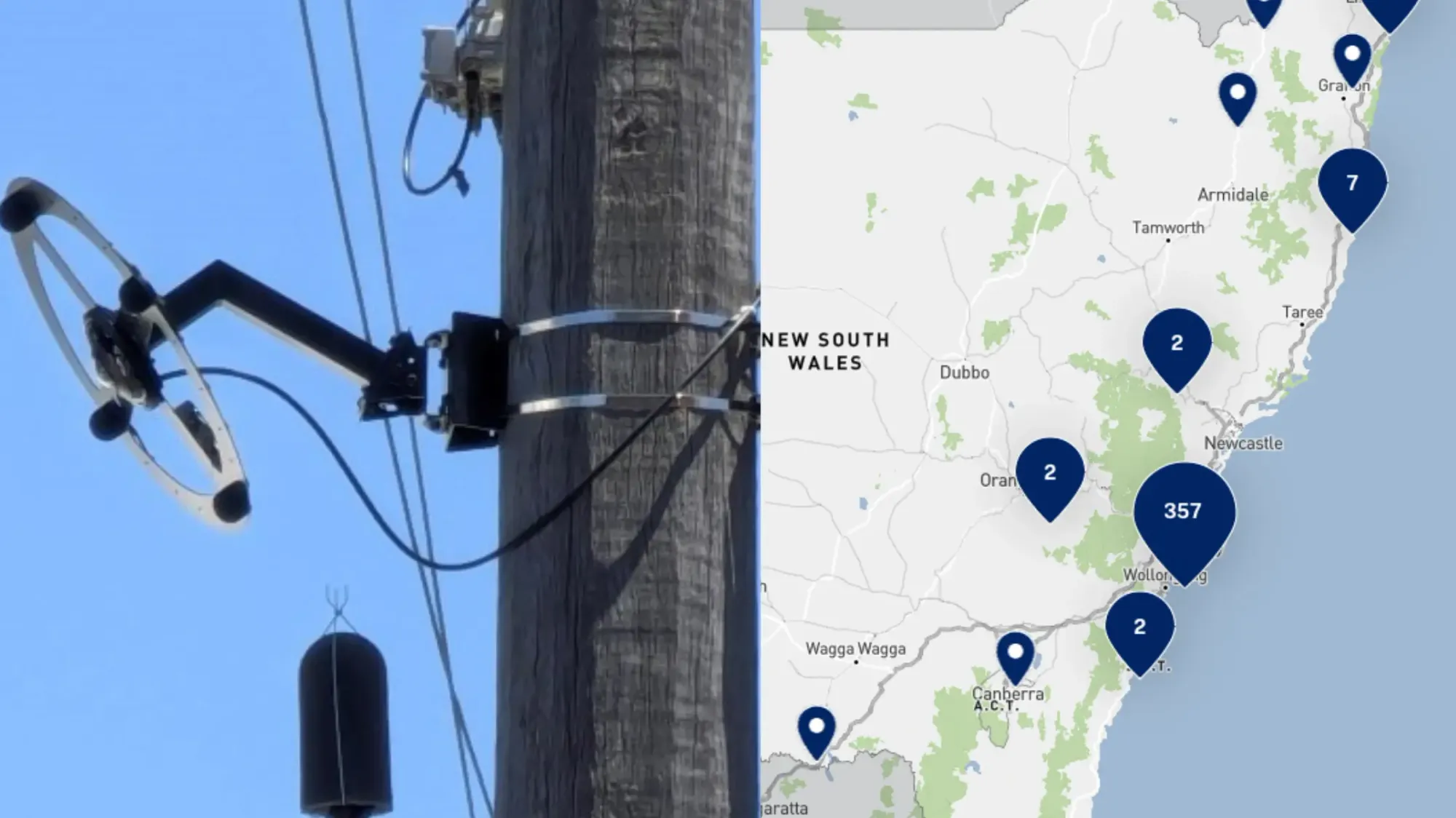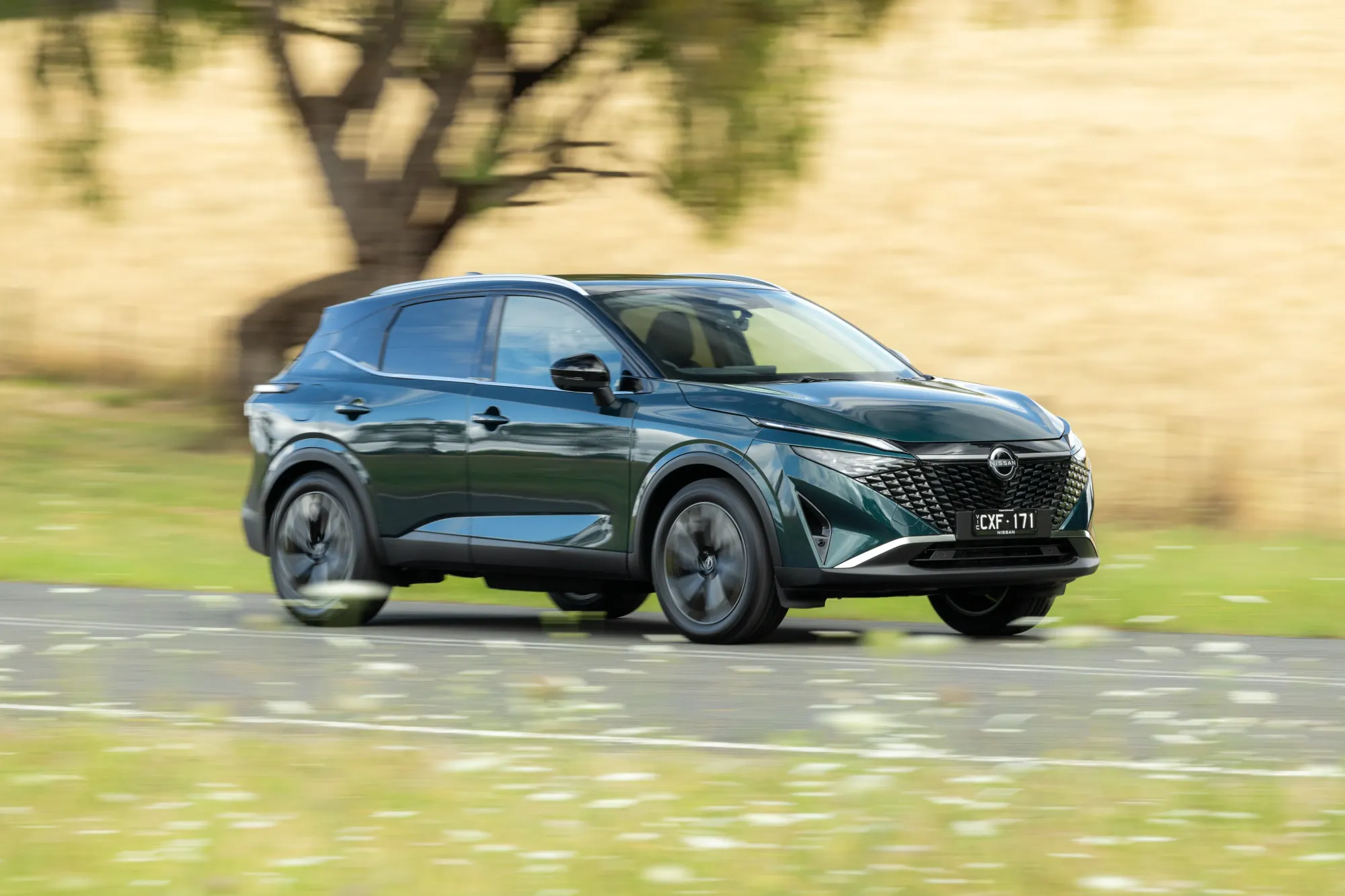In a groundbreaking demonstration of autonomous vehicle technology, Tesla has implemented a system where newly produced electric vehicles drive themselves from the factory floor to loading docks without human intervention.
This development, showcased in a video posted by Tesla's AI division on X (formerly Twitter), not only highlights the company's progress in Full Self-Driving (FSD) technology but also offers a glimpse into the future of automotive manufacturing and delivery processes.
The Autonomous Journey
The video reveals multiple Model Y and Model 3 vehicles autonomously navigating a 1.2-mile route within Tesla's Fremont factory complex in California. These vehicles, fresh off the production line, utilize Tesla's FSD technology to maneuver through the facility, avoiding obstacles and other vehicles, before parking themselves at the loading area.

Key aspects of this autonomous system include reliance solely on Tesla's FSD technology, with no human occupants in the vehicles; navigation through a complex factory environment with moving machinery and personnel; and demonstration of precise parking and positioning for efficient loading.
Industry Implications
This development marks a significant step towards what Tesla calls "unsupervised FSD" for public use. While Tesla isn't the first to experiment with such technology – BMW has been testing similar systems since 2022 at its Dingolfing factory in Germany – the scale and complexity of Tesla's implementation are noteworthy.The potential implications for the automotive industry are vast. Automating the movement of vehicles within factories could streamline production processes and reduce labor costs.

Autonomous systems could potentially identify and report issues during the final stages of production. As automation increases, the nature of jobs in automotive manufacturing may shift towards oversight and maintenance of AI systems. This technology could extend beyond factory walls, potentially automating vehicle transport to dealerships or distribution centers.
Regulatory and Safety Considerations
While impressive, it's crucial to note that this autonomous driving occurs in a controlled environment on private property. The FSD system used is technically a Level 2 autonomous driving system, despite its name. Tesla's owner's manual still warns that drivers must be prepared to take control at any time when using FSD on public roads.

This development comes amid ongoing scrutiny from the US National Highway Traffic Safety Administration (NHTSA) following crash reports involving FSD technology, including one fatal incident. The contrast between controlled factory use and public road challenges highlights the complexity of achieving true autonomous driving.
Future Prospects and Challenges
Tesla's demonstration has not gone unnoticed by competitors. While BMW has already been experimenting with similar technology, other automakers are likely to accelerate their own autonomous manufacturing initiatives. This could lead to a new frontier of competition in automotive production efficiency and innovation.
Moreover, this development may influence discussions around industry standards for autonomous vehicles, potentially accelerating the development of regulatory frameworks for both manufacturing and public road use.ConclusionTesla's demonstration of self-driving EVs in its Fremont factory represents a significant milestone in the journey towards fully autonomous vehicles.

While the leap from controlled factory environments to public roads remains substantial, this technology showcases the potential for AI to revolutionize not just how we drive, but how vehicles are manufactured and delivered.
As the automotive industry continues to evolve, developments like these push the boundaries of what's possible, challenging traditional notions of vehicle production and autonomy. The road ahead for self-driving technology remains long and complex, but Tesla's latest demonstration suggests that the future of autonomous driving may be closer than we think – starting right from the factory floor.



